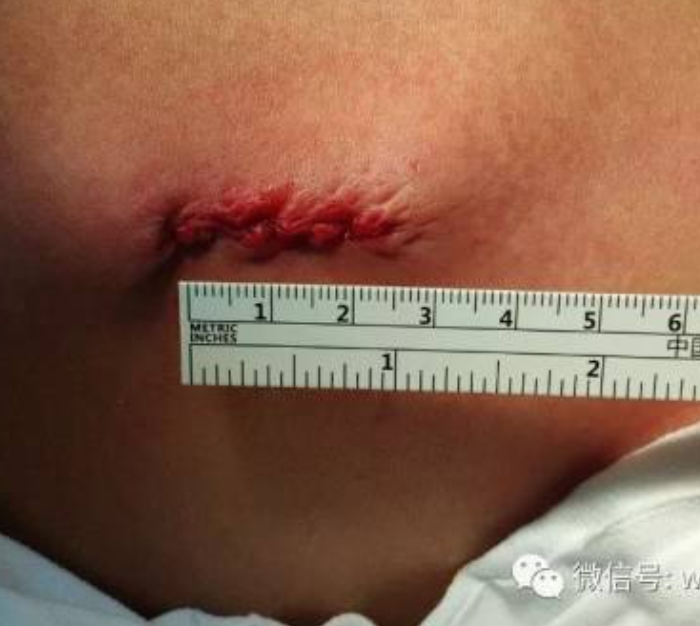The Surgery for An 18-year-old Patient with Severe Pectus Excavatum
Medical History
The patient is an 18-year-old male who has had a sunken chest since childhood, yet he did not receive any treatment due to a lack of symptoms. During adolescence, the chest depression became more severe. Not only did the affected area expand, but the depth of the depression also increased, causing him to feel extremely inferior and develop a strong desire for surgery.
Preoperative Examination
X-rays and CT scans show that the patient's depression deformity is extremely severe, with a Haller index as high as 35.36. The heart is significantly compressed and displaced to the left, and the patient also suffers from scoliosis. He was ultimately diagnosed with severe pectus excavatum, manifested as a pronounced deep valley-like depression in the chest.
Surgical Overview
First, three 2.5 cm incisions were made in the center and on both sides of the chest wall. The bone structure in the depressed area was then pre-shaped to relieve local stress and prepare for the insertion of the bars. Next, three bars were inserted using guide catheter to correct the deformity. After the surgery, the depression disappeared, and the chest wall appearance returned to normal.
Related Photos
Given the rarity and complexity of this type of pectus excavatum, we thoroughly analyzed the difficulties of the surgery and applied a variety of specialized techniques to ensure a satisfactory outcome.
Most pectus excavatum patients require one or two bars for correction, while the "deep valley" type needs three. Additionally, due to the rigidity of the patient's sternum, the bars must be sufficiently strong.
Meanwhile, for adult patients with deep depressions and rigid bones, directly flipping and using the bar to elevate the depression, as in the Nuss procedure, is often very difficult and can potentially cause significant injury. Therefore, it is essential to perform pre-shaping on the sternum and costal cartilage at the depression site in advance, pulling them upwards as much as possible to relieve local stress. This approach can ensure the success of the surgery and prevent unnecessary complications.




